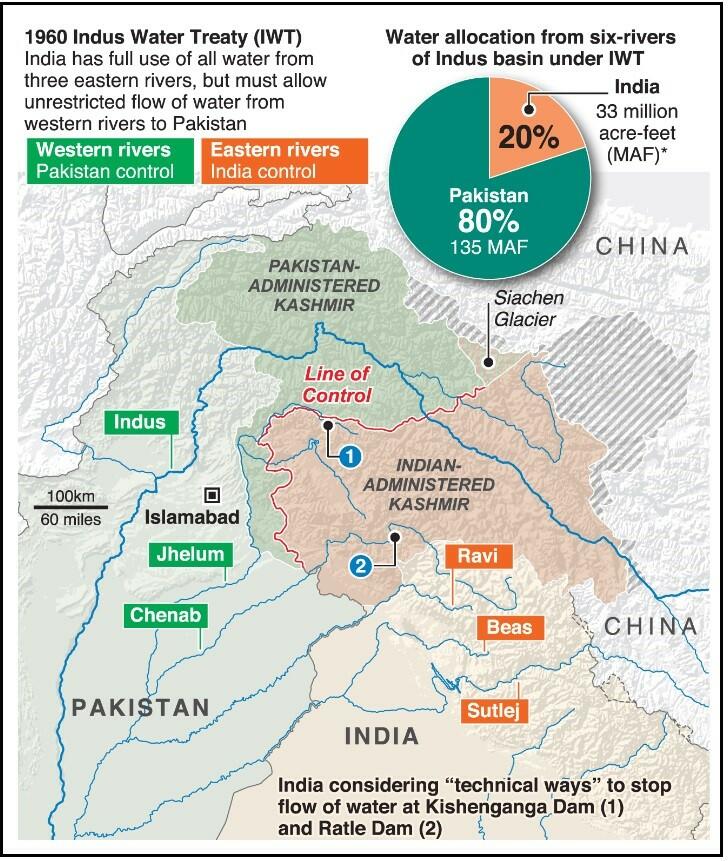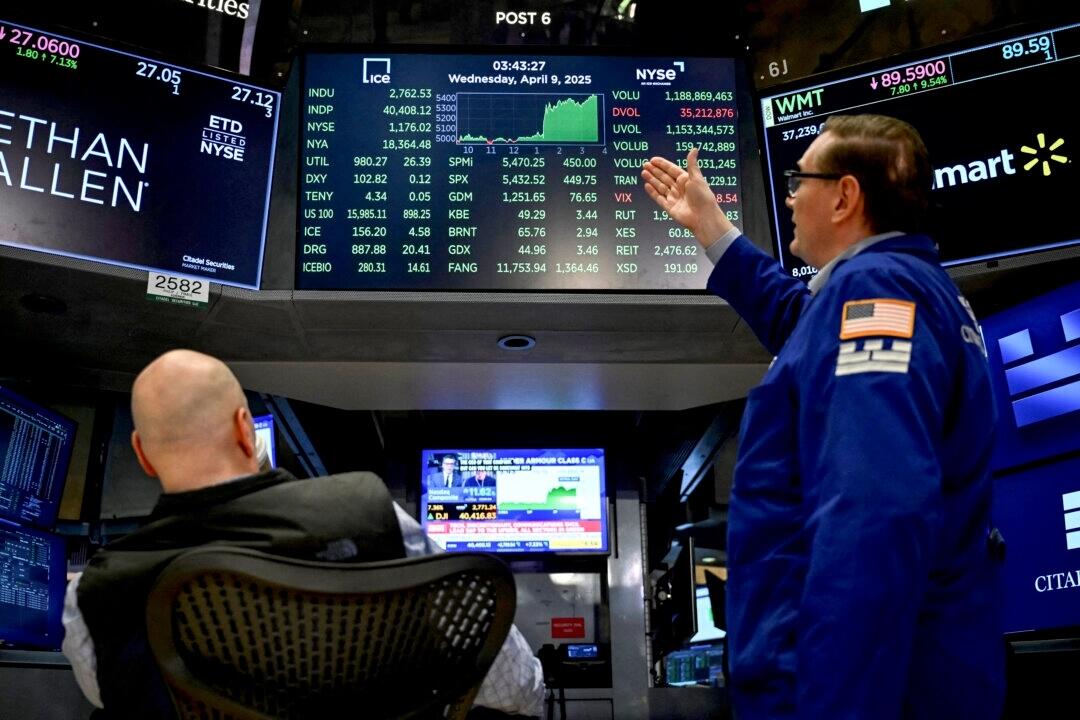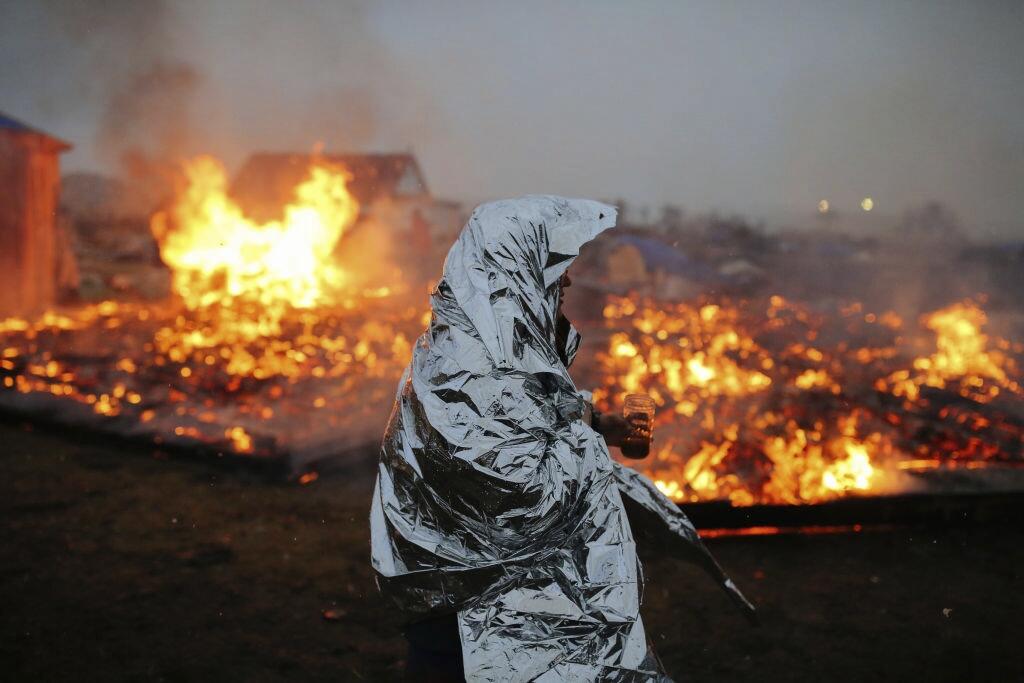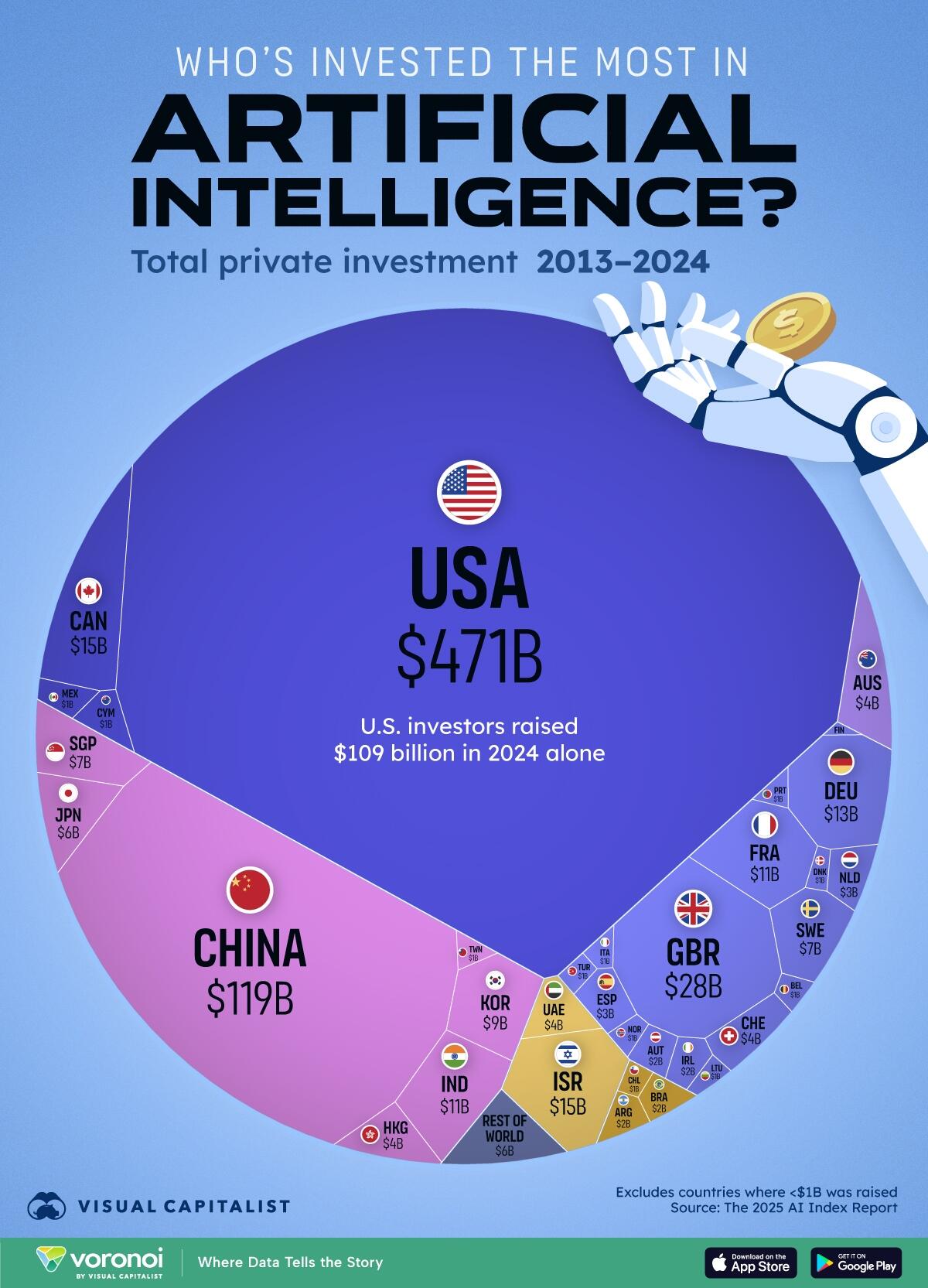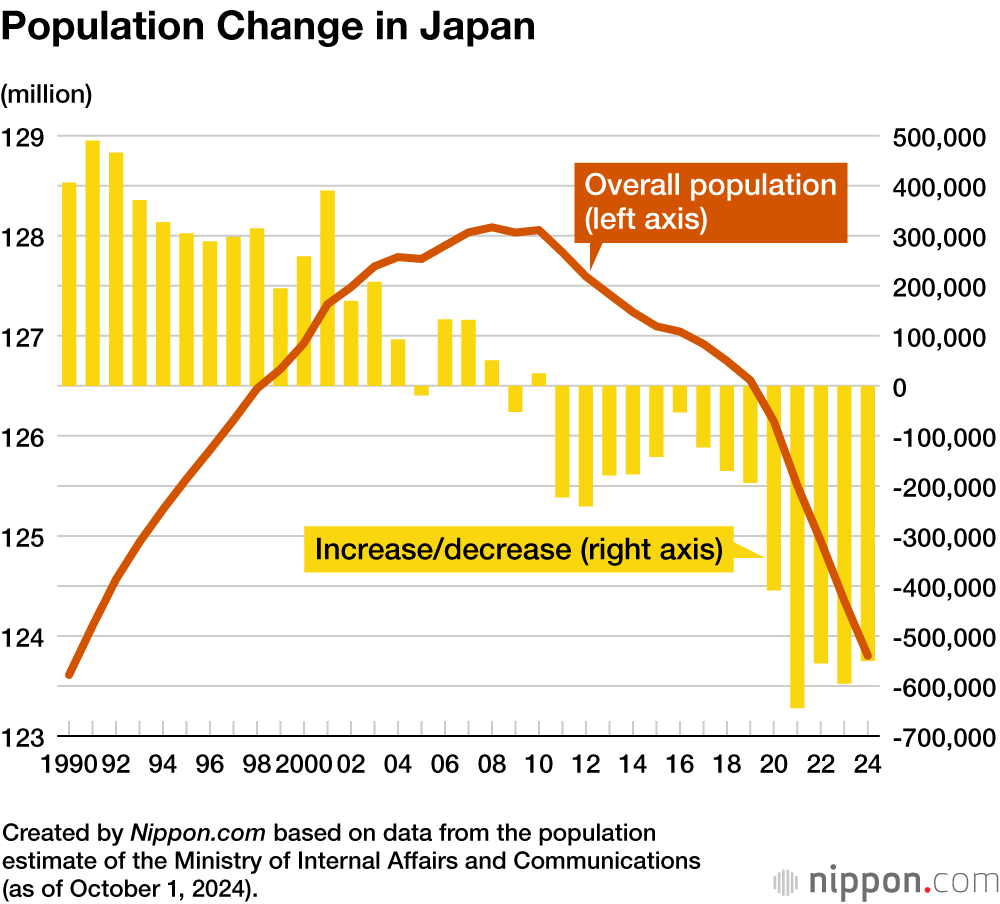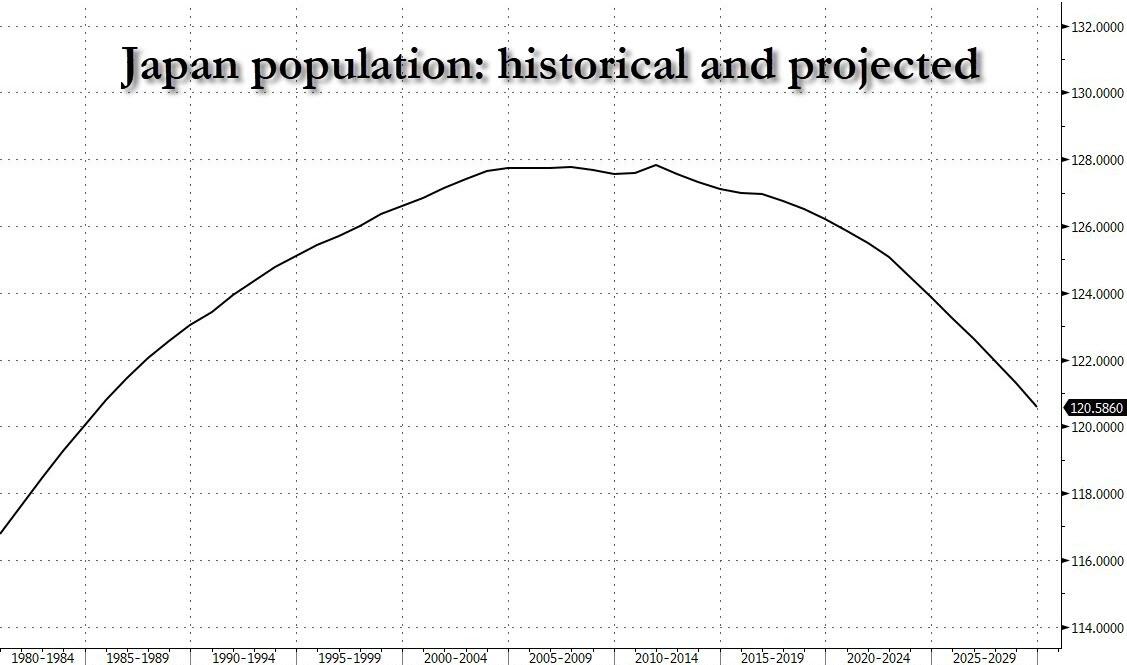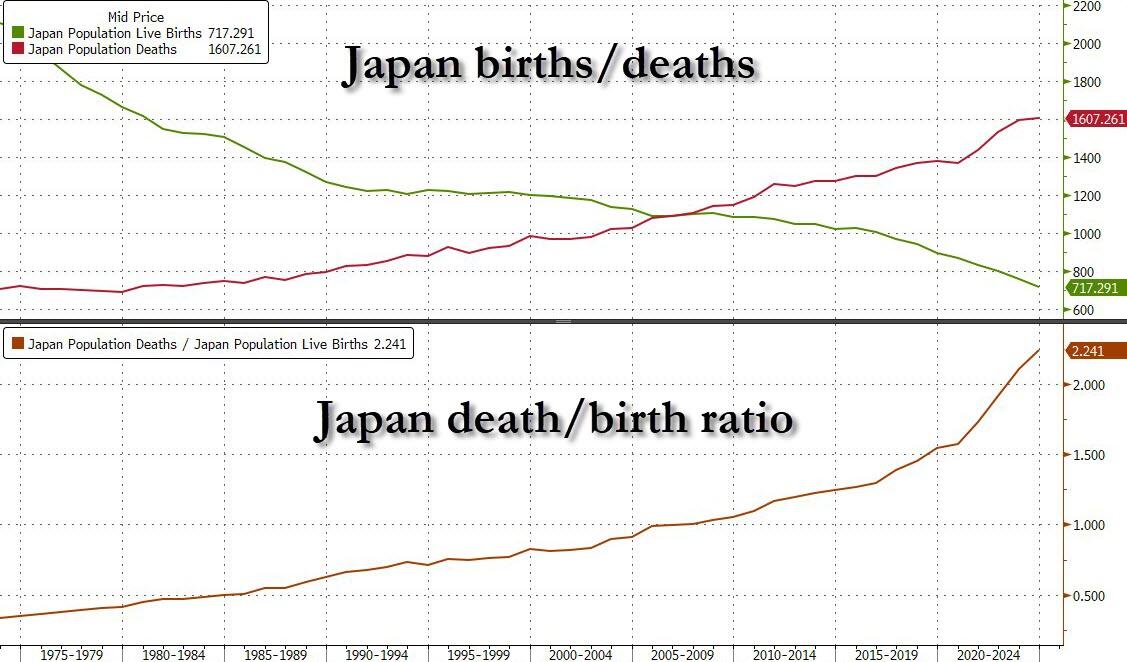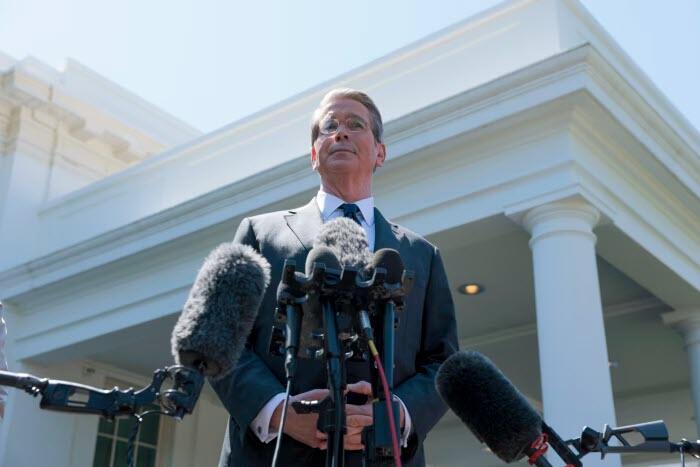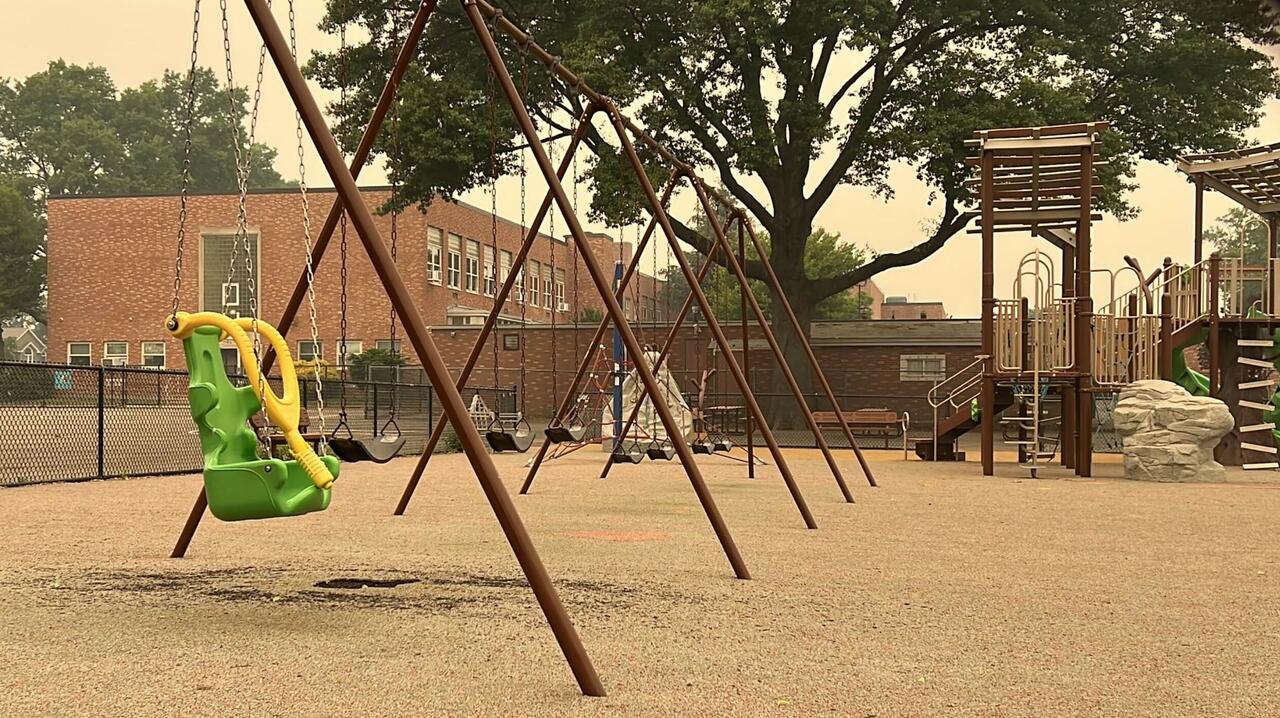Junk food as explained below did not appear by accident. It was designed over decades for being addictive and generate maximum profits. If was also the result of dereliction of office by politicians, more commonly called "corruption" but officially called "lobbying" in the US and at the European Commission.
America, or rather RFK Jr. seems to want to do something about it, but let's also understand that the task will be complex. It will go against the interest of large corporations and the skewed tastes of millions of people. It took decades to get where we are now, and it will probably take just as long to revert the trend. (Provided it is still possible!)
Authored by Lawrence Wilson via The Epoch Times,
“It’s not food. It’s food-like substances.”

Health
and Human Services Secretary Robert F. Kennedy Jr. described the many
manufactured food products offered that are high in calories but low in
nutritional value.
“So, strawberry flavoring in food, but there’s no nutrients. It’s sugar.” Kennedy said. “Your body is craving that, but it doesn’t get filled up. It doesn’t give you nutrition, but you want to eat more.”
Kennedy,
a longtime health advocate, has championed President Donald Trump’s
call for “fresh thinking on nutrition” as part of the Make America
Healthy Again initiative.
The secretary spoke in Indianapolis on April 15 in support of Gov. Mike
Braun’s announcement of nine health-related executive orders.
Kennedy
has urged states to prohibit the use of Supplemental Nutrition
Assistance Program (SNAP) funds to purchase certain foods with high
sugar content but little nutritional value.
SNAP,
colloquially known as food stamps, is a federal program administered by
the states that helps nearly 42 million low-income Americans pay for
food.
To change the list of foods eligible for purchase
with SNAP funds, states must request a waiver from the U.S. Department
of Agriculture (USDA). A handful of states, including Indiana, are doing
that.
Advocates call this a commonsense way to promote better food choices.
Some critics say the initiative amounts to virtue signaling, a symbolic action unlikely to produce any positive effect.
Kennedy
hopes it will fuel a movement toward healthier food consumption that
will reverse the growing prevalence of obesity among Americans.
Junk Food Origins
Kennedy
and others have blamed the glut of tasty but vacuous foods on big
tobacco companies, which entered the food industry more than 60 years
ago.
In the 1960s, R.J. Reynolds and Philip Morris, then
the largest tobacco brands, began developing children’s beverages
including Hawaiian Punch, Kool-Aid, Capri Sun, and Tang, according to a
report from The BMJ, formerly the British Medical Journal.
“Tobacco
executives transferred their knowledge of marketing to young people and
expanded product lines using colours, flavours, and marketing
strategies originally designed to market cigarettes,” a team of
researchers reported.
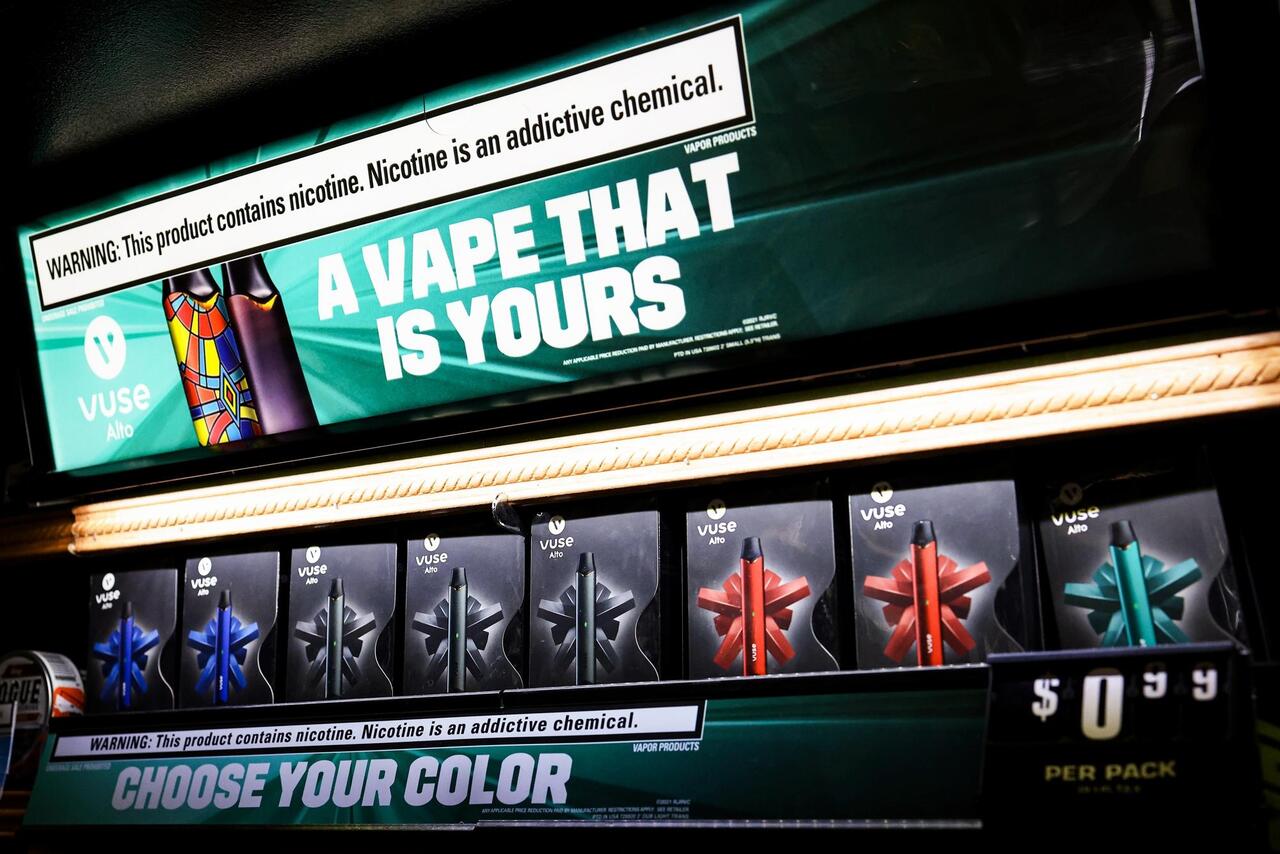
Vuse
e-cigarette packages are displayed at Cigar N Vape in Brooklyn, N.Y.,
on Oct. 13, 2021. The Food and Drug Administration authorized the sale
of R.J. Reynolds' Vuse Solo e-cigarette and its tobacco-flavored
cartridges the prior day, saying data show the product may reduce
smokers’ exposure to harmful chemicals found in traditional cigarettes.
Michael M. Santiago/Getty Images
In May 1962, R.J. Reynolds’ director of research reported the status of product development in an internal memo.
The director described the result of taste tests for flavored drinks conducted with children in the same report detailing the addition of artificial flavoring to chewing tobacco and cane sugar to cigarettes.
R.J.
Reynolds and Philip Morris eventually went deeper into the food
business, owning major brands Kraft, General Foods, and Nabisco for
several years starting in the 1980s. There, they applied some of the
same strategies to manufacturing other foods people find irresistible.
Researchers at the University of Kansas found that food companies owned by tobacco companies were much more likely than others to market “hyper-palatable” food products.
Hyper-palatable
foods contain more of the things that make food taste good, such as
fat, sugar, sodium, or carbohydrates, according to Tera Fazzino, an
author of the Kansas study and associate director of the university’s
Cofrin Logan Center for Addiction Research and Treatment.
These
foods also have fewer of the nutrients that make us feel satisfied,
Fazzino said in a 2023 interview. “As a result, hyper-palatable foods
can be difficult to stop eating, even when we physically feel full.”
The
researchers concluded, “Tobacco companies appear to have selectively
disseminated hyper-palatable foods into the U.S. food system between
1988 and 2001.”
That triggered an industry wide shift, the
researchers said. By 2018, foods high in fat, sodium, and carbohydrates
had long been widely marketed regardless of whether or not the producers
were previously owned by a tobacco company.
The result, according to Kennedy, is an obesity crisis that threatens the health and safety of all Americans.
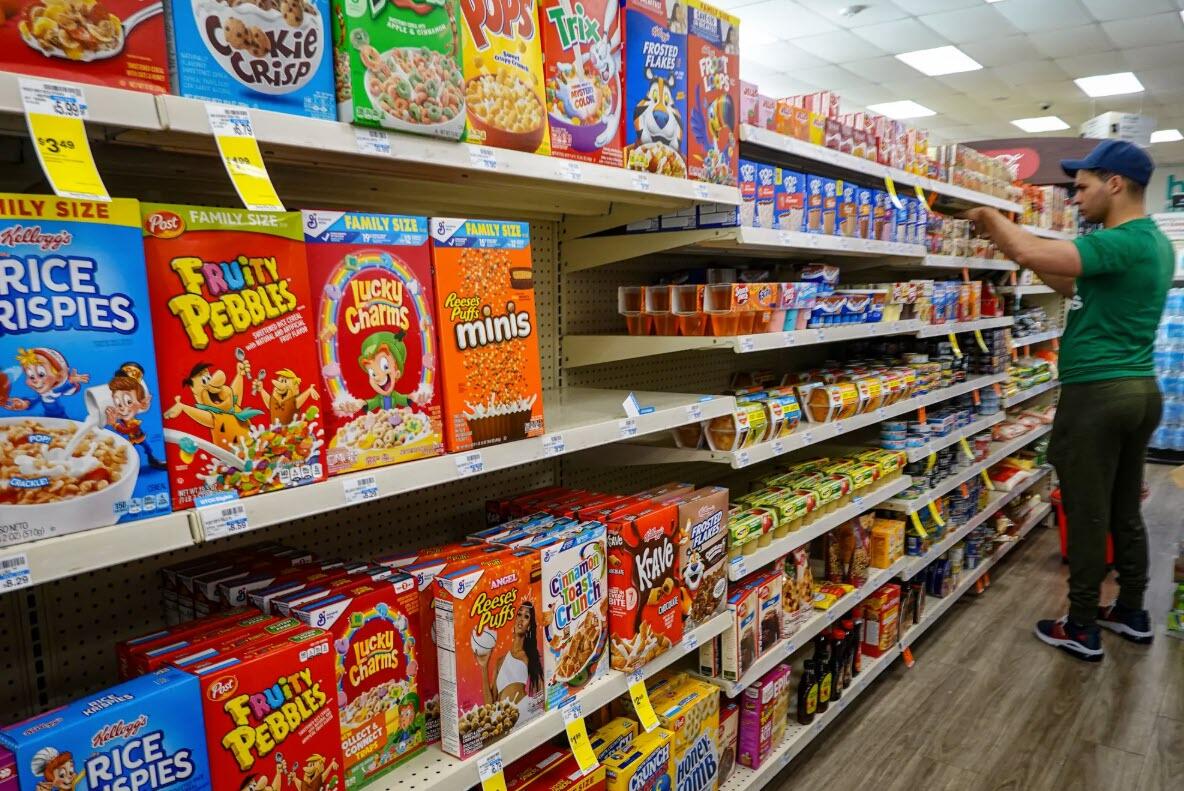
Boxes
of sugary cereal fill a store's shelves in Miami on April 16, 2025.
Health and Human Services Secretary Robert F. Kennedy Jr. said that many
manufactured food products are high in calories but low in nutritional
value. Joe Raedle/Getty Images
“We have people
who are obese who are at the same time malnourished, because the food
that we’re eating is not nutrient-dense anymore,” Kennedy said. “It is threatening our national security: 74 percent of our kids cannot qualify for military service.”
Nearly 70 percent of American adults are either overweight or obese, according to a 2023 report
by the federal government. Obesity rates have tripled over the last 60
years, while severe obesity has increased by a factor of 10.
Americans are not alone in this. More than 60 percent of Europeans are either obese or overweight, according to data reported by the National Institutes of Health. Worldwide, the prevalence of obesity has risen for decades.
States Respond
Indiana
and Arkansas became the first states to submit waiver requests to the
USDA, asking to exclude soda and candy from SNAP purchases. Both sent their requests on April 15.
Several other states have announced their intention to seek a waiver, and some are considering legislation to that effect.
Nebraska Gov. Jim Pillen sent a letter to the Department of Agriculture on April 7 saying that the state intends to request a waiver on soda and energy drinks.
Idaho Gov. Brad Little signed a law on April 15 requiring the director of the state Department of Health and Welfare to request a waiver on soda and candy.
State representatives in Tennessee passed a similar bill on March 11, and the Iowa House passed one on March 26. Neither state’s senate has yet acted on the legislation.
Other states have failed to pass or have rejected legislation that mandates a waiver request.

Cans
of Monster Beverage Corporation energy drinks fill a store's shelves in
Miami on April 16, 2025. Sweetened beverages—including energy drinks,
juices, and powder mixes—account for about 9 percent of SNAP food stamps
spending. Joe Raedle/Getty Images
A West Virginia bill has been stalled in a House committee since Feb. 19. A Missouri bill failed in the state’s House of Representatives on April 8. A Montana bill passed in the state Senate but was shelved by the House Committee on Human Resources on April 9.
Arizona Gov. Katie Hobbs on April 15 vetoed a bill directing her state’s Department of Economic Security to request a waiver. However, Hobbs signed a bill prohibiting “ultra-processed” foods in school lunches.
Support, Skepticism
Advocates of a SNAP ban on soda and candy, including some health professionals, see the policy as reasonable, even obvious.
“I think it just makes wise nutritional sense, business sense, common sense,” Christy Hope, an Indiana social worker, told The Epoch Times.
Hope has worked in an outpatient pediatric clinic as well as in a Medicaid office conducting eligibility screening.
“The benefits are intended to cover nutritional items,” she said.
SNAP benefits already exclude
foods served hot at the point of sale, alcoholic beverages, vitamins,
food supplements, cleaning supplies, cosmetics, and personal hygiene
products.
Nutrition and policy experts broadly agree that limiting consumption of high-calorie, low-nutrition foods is a worthy goal.
“I can see the hope to shift [people] away from foods that are ... ultra-processed, empty calories toward healthier options,” Bisakha
Sen, a professor of health policy at the University of Alabama at
Birmingham, told The Epoch Times. “I think there’s actually some unity
on both sides of the political aisle on this.”
Yet she and others doubt the practical value of excluding soda and candy from SNAP purchases, especially when many already struggle to find low-cost food options.
“If
we start making a list of [foods] which are good for people and which
are not, it will be a huge list,” Nikhil V. Dhurandhar, chair of
nutritional sciences at Texas Tech University, told The Epoch Times. “It
is not practical.”
Dhurandher likened a grocery store to a vast
buffet. “If you remove one [sugary] food, there is some other food
that’s going to take its place. I call that digging a hole in water.”
Richard
Kahn, an adjunct professor of medicine at the University of North
Carolina Medical School, says the SNAP exclusions amount to a “cheap,
easy way to blame the other guy.”
According to Kahn, the
idea that taxpayers will no longer subsidize the purchase of sugary
foods is mistaken. “They’re [still] paying for sugar-sweetened beverages
because we subsidize the agriculture industry,” he said.

A
sign alerting customers about SNAP food stamps benefits is displayed in
a grocery store in Brooklyn, N.Y., on Dec. 5, 2019. Health and Human
Services Secretary Robert F. Kennedy Jr. has urged states to ban the use
of SNAP funds for foods with high sugar content but little nutritional
value, in efforts to promote healthier food consumption and reverse
rising obesity rates among Americans. Scott Heins/Getty Images
Alternatives
Many
nutrition and policy experts favor a holistic, all-of-society approach
rather than one that targets behavior in just one group of people.
Some
have suggested a tax on soda to discourage consumption. Others
mentioned improving the nutritional value of school lunches. Sen. Bernie
Sanders (I-Vt.) has suggested banning television ads for unhealthful
foods targeting children.
Nana Gletsu Miller, an associate
professor at the Indiana University School of Public Health, favors
education over behavioral mandates.
“Based on the
evidence for the effectiveness of nutrition education and the lack of
evidence for the effectiveness of restriction of food choice, I suggest
the former would be a better approach,” Gletsu Miller told The Epoch Times.
A
deeper problem is the lack of affordable, nutritious food, according to
Dr. Tamara S. Hannon, a professor of pediatrics at the Indiana
University School of Medicine and director of its clinical diabetes
program.
“It is the sale of health-harming products at
a very low price without affordable and convenient options that is
problematic. This policy does not address this issue,” Hannon told The Epoch Times.
Kennedy acknowledges that the broader health care landscape can work against healthy outcomes, yet he believes that can change.

Secretary
of Health and Human Services Robert F. Kennedy Jr. speaks during a news
conference at the Department of Health and Human Services in Washington
on April 16, 2025. Alex Wong/Getty Images
“We can realign medical choices, both individual and institutional medical choices, with public health,” Kennedy told The Epoch Times at the Indianapolis press conference, adding that right now, “it’s totally misaligned.”
Achieving that will require a concerted effort at the federal, state, and local levels, Kennedy said.
“We can’t do this alone, but we’re getting tremendous help from the governors, from the grassroots,” Kennedy said.
“What’s happening here [in Indiana] is driving this movement, and it’s going to drive cultural change.”

